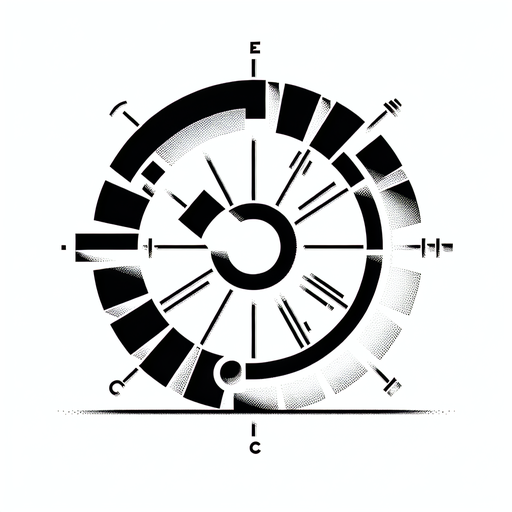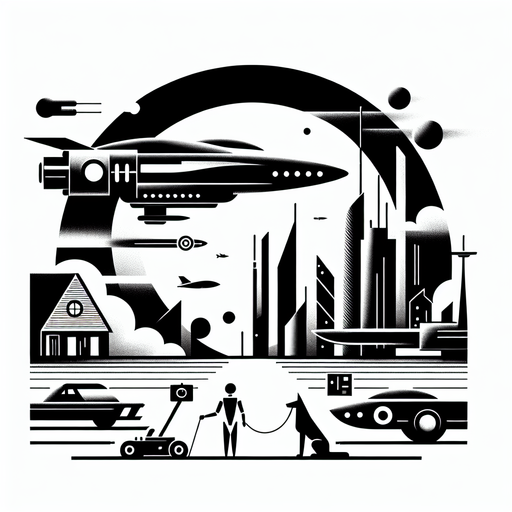Fantasmagorie
The World's First Animated Cartoon
Imagine sitting in a dark theater, your eyes fixed on a bright, flickering screen. Suddenly, a hand-drawn character leaps to life: twisting, bouncing, transforming with whimsical abandon. Today, animation feels commonplace, embedded into everything from blockbuster movies to viral TikToks. Yet, every cartoon you've ever seen owes its existence to a quirky 1908 experiment called Fantasmagorie, the very first animated film.
In a Paris studio, French cartoonist Émile Cohl meticulously sketched 700 drawings onto illuminated glass plates. Each drawing slightly varied from the last, capturing fluid movement frame by painstaking frame. When projected rapidly in succession, around 16 frames per second, the images sprang to life, creating the magical illusion of animation. Cohl named this groundbreaking work Fantasmagorie, echoing the "phantasmagoria" lantern shows of the 19th century, where shadows danced mysteriously on walls.
Fantasmagorie is only about 90 seconds long, but those fleeting moments of playful chaos, featuring a stick-figure protagonist morphing into bottles, elephants, and bizarre shapes,marked a monumental turning point. Cohl’s masterpiece represented animation’s liberation from reality, showing the world that anything imaginable could be made to move, breathe, and entertain. Soon, artists worldwide embraced this new form, evolving it from simple sketches into elaborate storytelling mediums.
Today, animation pervades modern culture, shaping childhoods, entertainment, and even our perceptions of reality itself. From Disney classics and anime series to immersive video games and virtual worlds, the ripples started by Émile Cohl’s humble stick-figure continue to expand. So, the next time you watch an animated film, remember: it all began with a flickering fantasy, sketched by hand on a Parisian night in 1908.
Craving more? Check out the source behind this Brain Snack!


